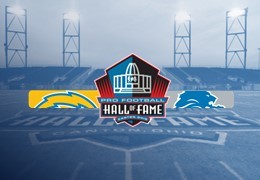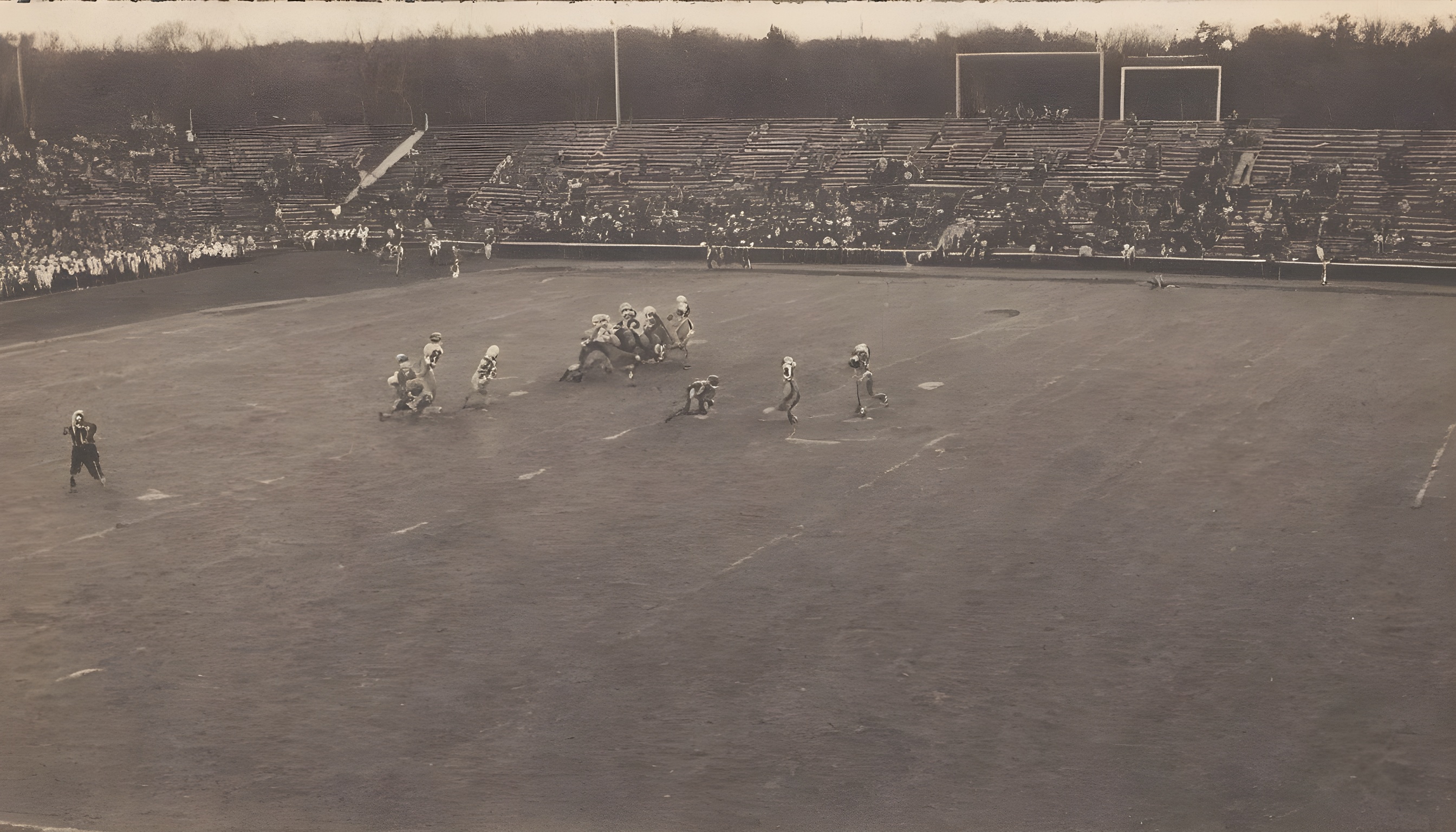The NFL Preseason is an exciting time for football fans, signaling the return of the game after a long off-season....
Search in blog
Blog categories
Latest posts

The Most Popular Helmets Among 2024 Pro Bowlers 05/02/2025 Read more
Posted in: Football Equipment
1836 views
When it comes to player safety and performance in the NFL, the helmet is one of the most important pieces of...

Super Bowl LIX Predictions: Who Will Take Home the Lombardi Trophy? 08/01/2025 Read more
Posted in: NFL News & Insights
1699 views
It’s the most wonderful time of the year—not Christmas, but the NFL Playoffs! As the new year begins, 14 teams are...
Popular posts

What Facemask Do I Need? A Closer Look at American Football Facemasks 18/11/2024
Posted in: Football Equipment
2162 views
In American football, safety always comes first. While much attention is given to the helmet, it’s the facemask that...
Read more
Exploring the Wilson Omega: The Future of Football Technology 03/01/2025
Posted in: Football Equipment
2125 views
The Evolution of Football Equipment: Introducing the Wilson Omega Football has witnessed tremendous growth over the...
Read more
Are the Adidas Adizero 13 the Best Fitting Gloves in Football? A Comprehensive Review 25/09/2024
Posted in: Football Equipment
2034 views
Football gloves are a crucial part of any player’s gear, especially for wide receivers, defensive backs, and running...
Read more
Xenith Velocity 2 Review: Uncovering the Best Kept Secret on the Market 07/10/2024
Posted in: Football Equipment
1967 views
When it comes to football equipment, shoulder pads are essential for ensuring both player safety and performance....
Read more
The Most Popular Helmets Among 2024 Pro Bowlers 05/02/2025
Posted in: Football Equipment
1836 views
When it comes to player safety and performance in the NFL, the helmet is one of the most important pieces of...
Read more







